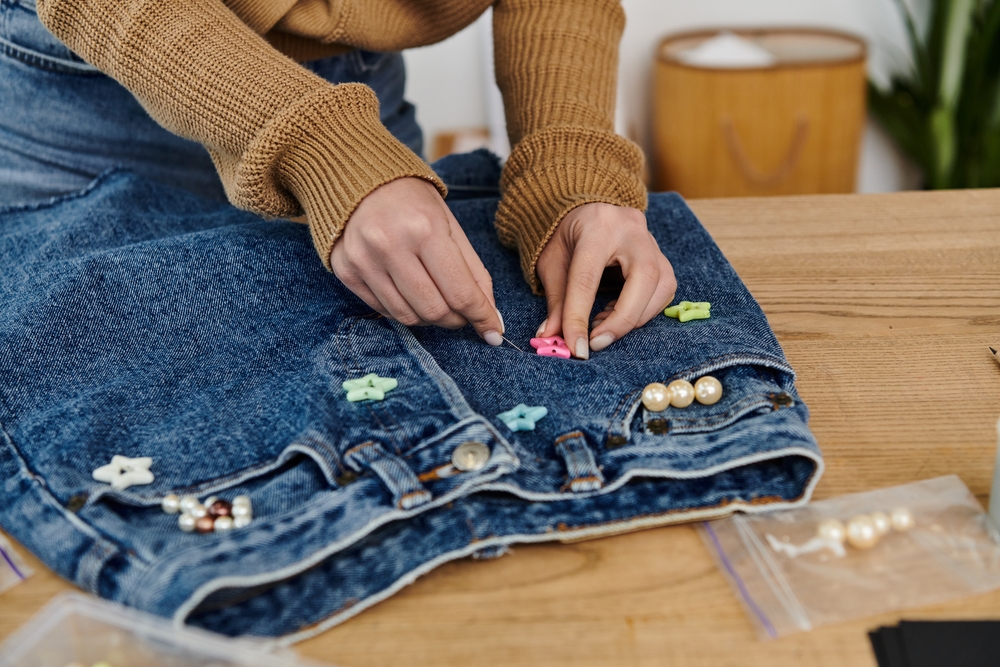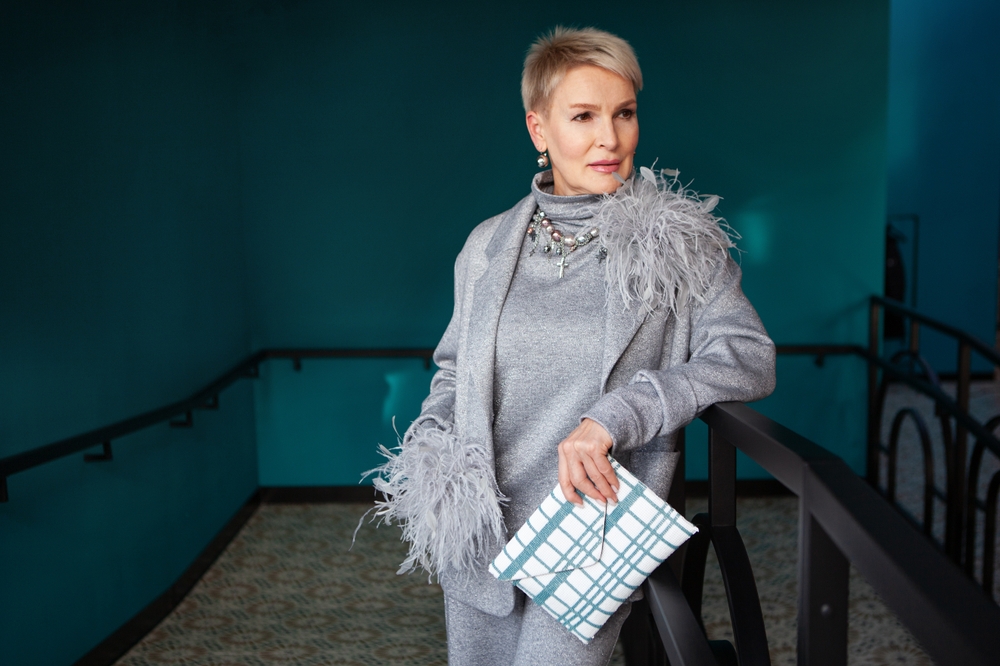Menopause Is Not A Dirty Word
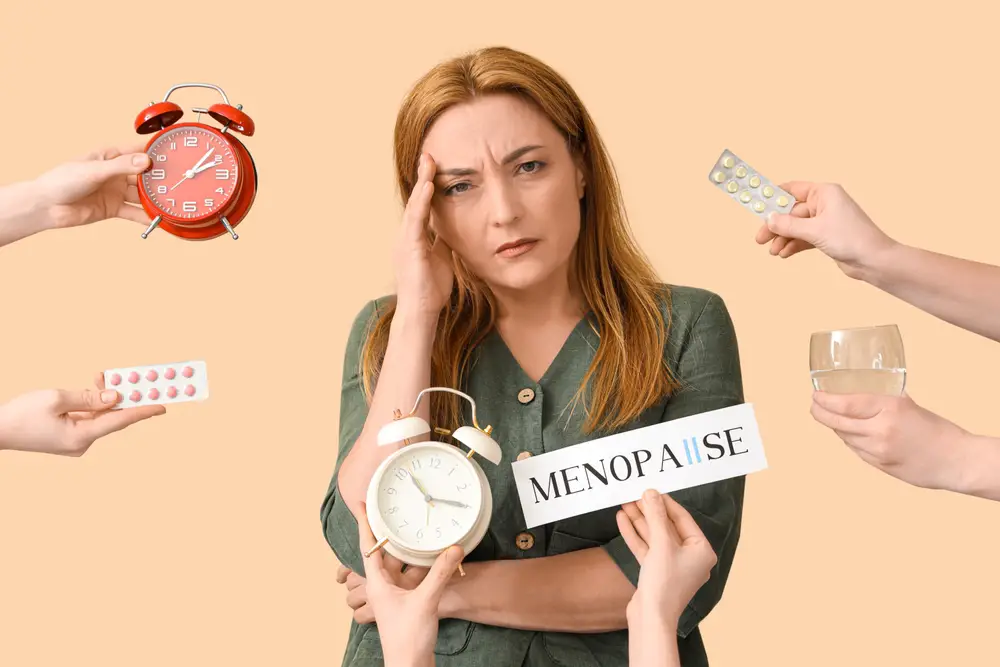
Menopause happens to every woman and thankfully women like actress Naomi Watts are making it part of the conversation through her brand Stripes which offers advice, support, and product solutions to help you cope with this major mid-life transition. Signaling the end of a woman’s menstrual cycle and reproductive years, menopause typically occurs between 45 and 55, although it can happen earlier (in Watt’s case) or later for some. A myriad of changes happen to a woman’s body during menopause and they can be accompanied by unexpected symptoms that mess with your looks and ruin your skin, confidence, and mental health.
1. Crippling Anxiety
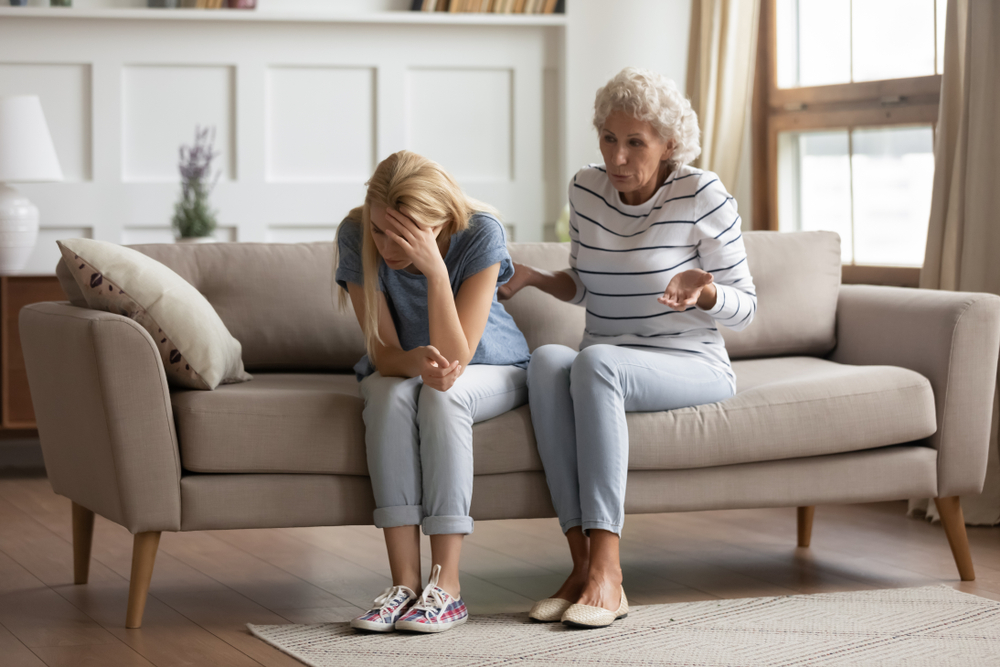
Raging hormones can wreak havoc on your mental health. During menopause, hormonal fluctuations may cause you to experience crippling anxiety, depression and embark on an emotional rollercoaster. Poor mental health can impact your physical health and stress can speed up signs of aging. Practice self-care, get plenty of sleep, eat a well-balanced diet, and introduce calming practices like yoga, meditation, and mindfulness into your daily regime.
2. Dry, Dehydrated Skin
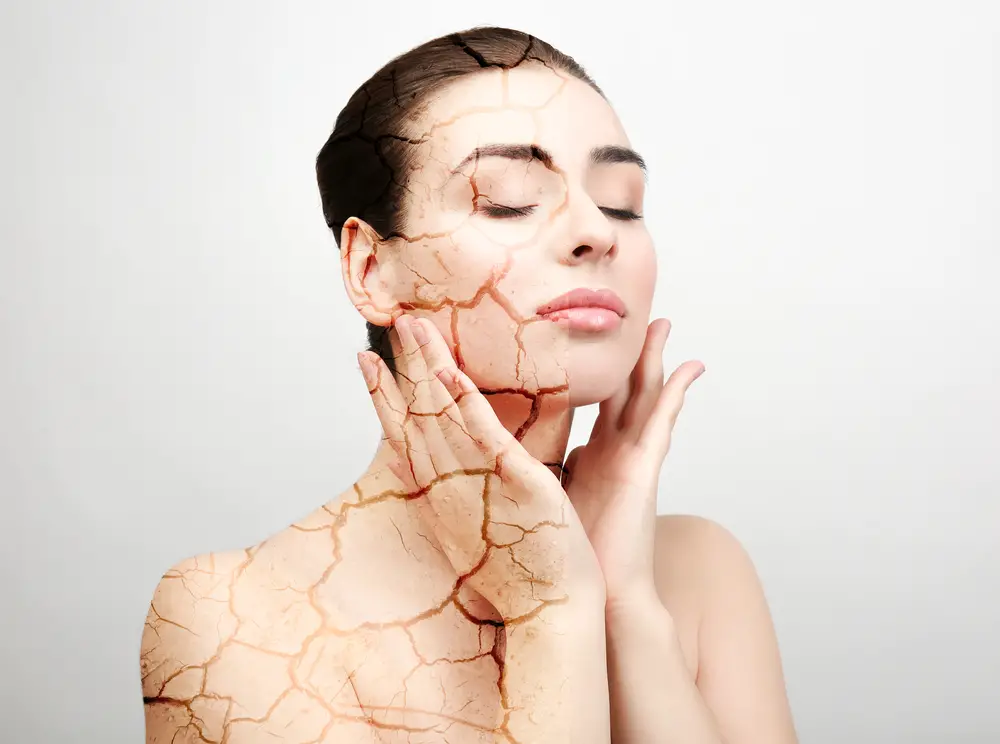
The natural aging process causes skin dryness but a sharp decrease in estrogen levels during menopause can make it even drier. Drink plenty of water and always use a hydrating moisturizer with hyaluronic acid and ceramides to boost and maintain the skin’s hydration levels.
3. Hair Loss and Thinning
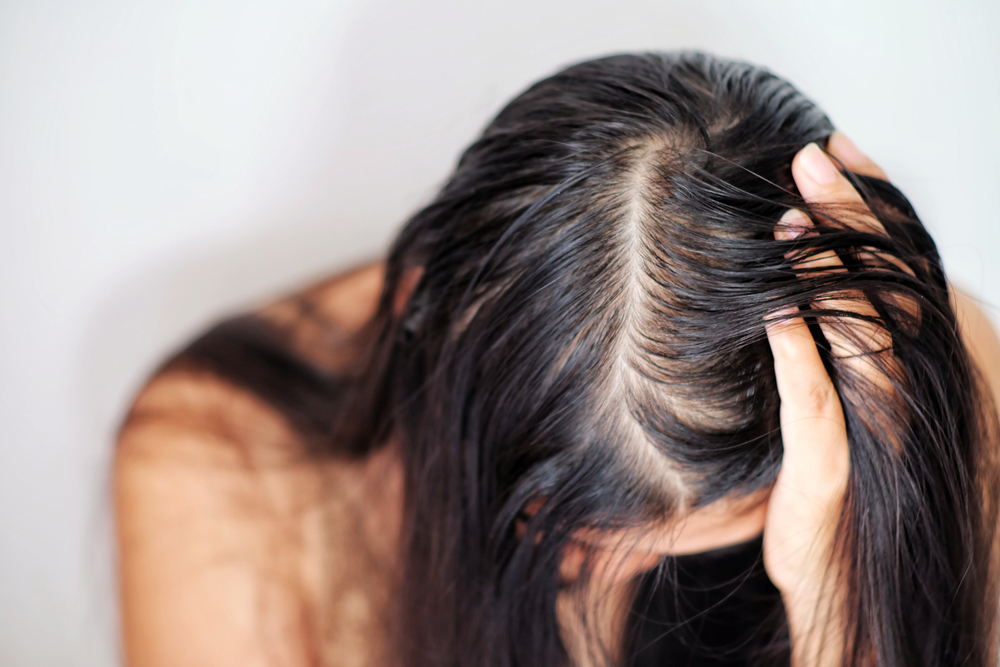
Aging also causes the hair to thin but drastic hormonal changes during menopause can make it shed faster. Consider using volumizing hair products, have regular trims to maintain its condition, and talk to your doctor about treatments like minoxidil which can stimulate hair growth and slow balding.
4. Unexpected Weight Gain
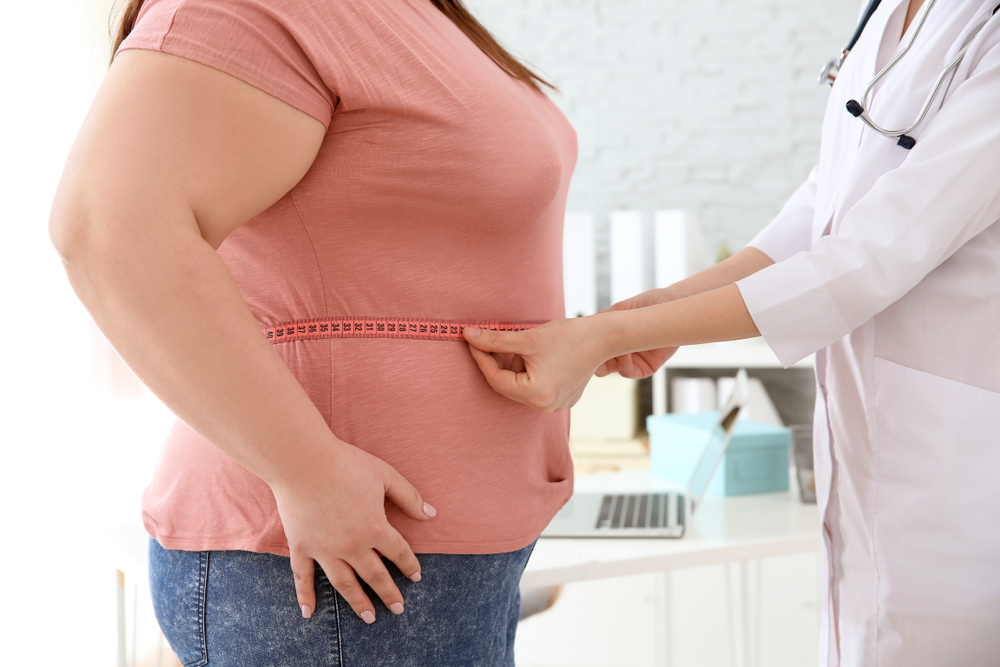
We’ve all heard of the dreaded middle-age spread and hormonal shifts cause the metabolism to slow down leading to unexpected weight gain, particularly around the tummy. Exercise regularly and eat a balanced diet rich in lean proteins, vegetables, and whole grains to manage your weight.
5. Loss of Skin Elasticity
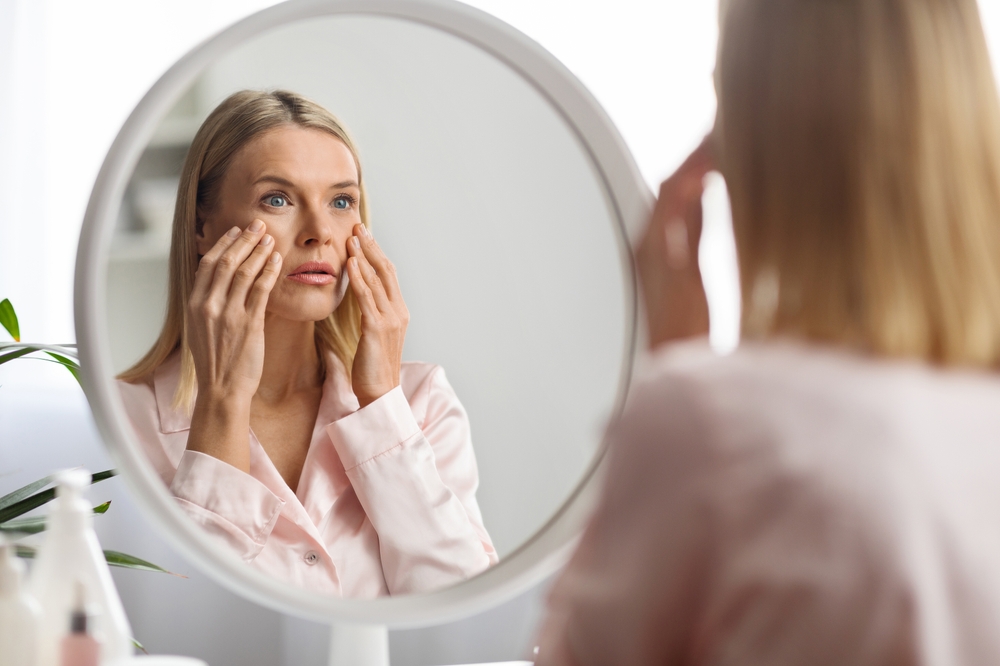
The skin’s collagen and elastin production deteriorates with age and hormonal fluctuations can speed up the process causing sagging and fine lines and wrinkles. A loss of estrogen caused by menopause also accelerates signs of aging. Incorporate anti-aging retinoids and skin-rejuvenating antioxidants and peptides into your skincare routine to promote collagen production and keep skin nourished and hydrated.
6. Dark Eye Circles
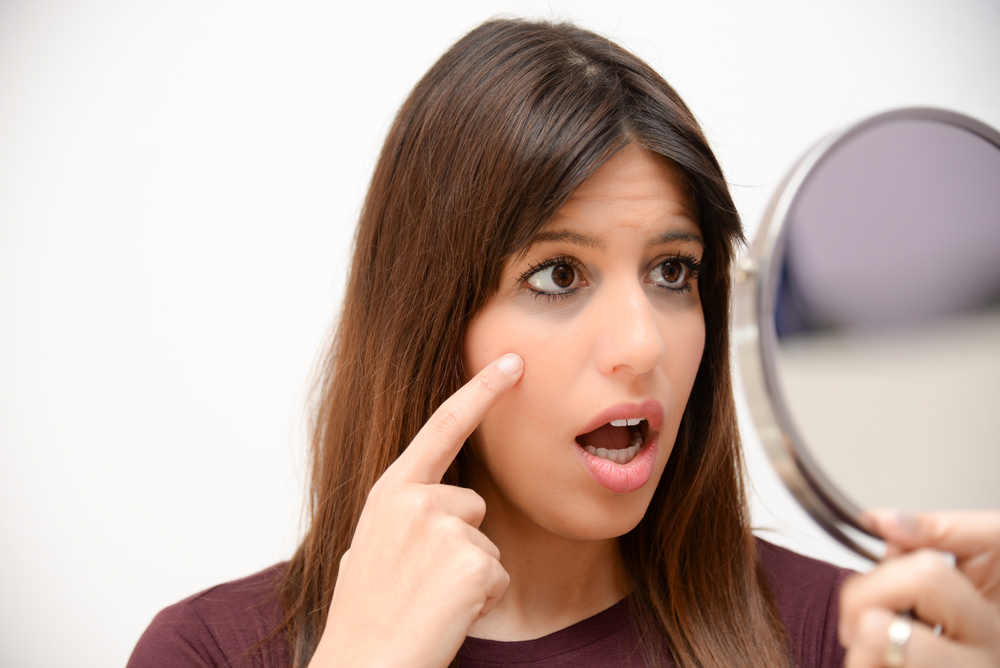
Hormone changes can cause insomnia, night sweats, and poor-quality sleep resulting in dark circles under the eyes. Drink plenty of water, implement a bedtime routine, and apply an eye cream with stimulating caffeine, hydrating peptides, and antioxidants to combat panda eyes.
7. Complexion Imperfections
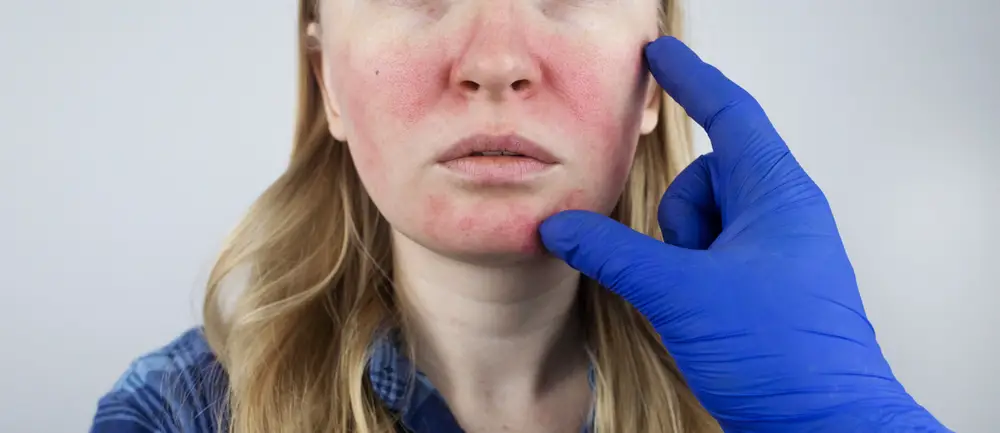
In addition to speeding up signs of aging hormonal changes due to menopause reduce the skin’s cell turnover making your complexion look dull, congested, and uneven. The hot flashes that accompany menopause can also exacerbate redness, sensitivity, and rosacea symptoms. Always use clean, gentle, fragrance-free skincare products and avoid triggers like spicy foods and alcohol. Regular exfoliation with alpha-hydroxy acids (AHAs) and moisturizers infused with niacinamide can help brighten your complexion.
8. Dark Age Spots
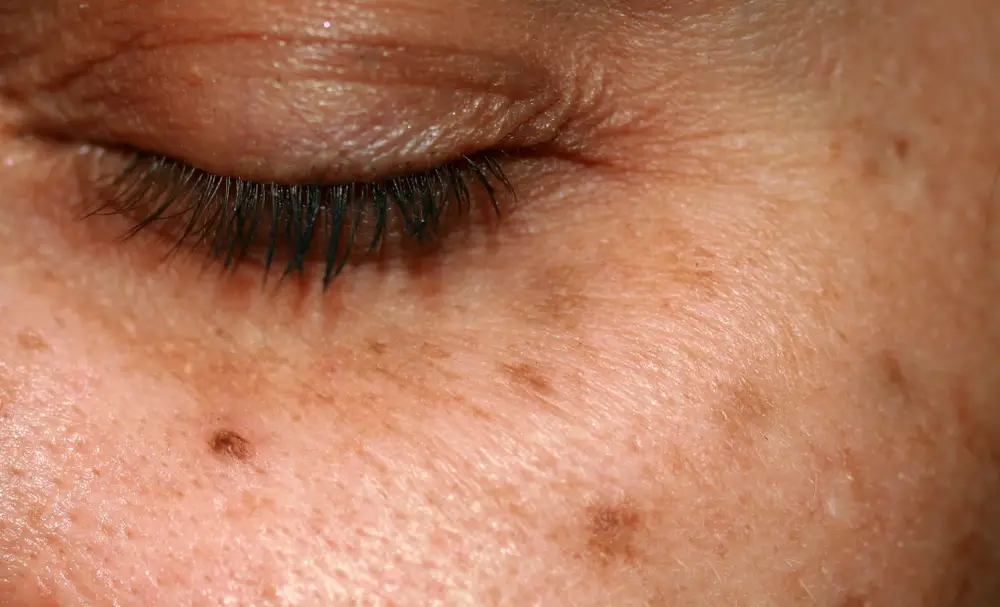
Fluctuating hormones have a major impact on the skin’s DNA and can cause increased sensitivity to the sun putting you at risk of damage, pigmentation, and brown aged spots. “Always apply a broad-spectrum sunscreen every day regardless of the weather or your age to protect your skin against sun damage, aging, and skin cancer,” says cosmetic dermatologist and skin surgeon Carole Hazan. Cosmetic treatments like laser therapy or topical skincare products featuring Vitamin C and niacinamide can brighten the skin and reduce the appearance of brown spots.
9. Dry Tired Eyes
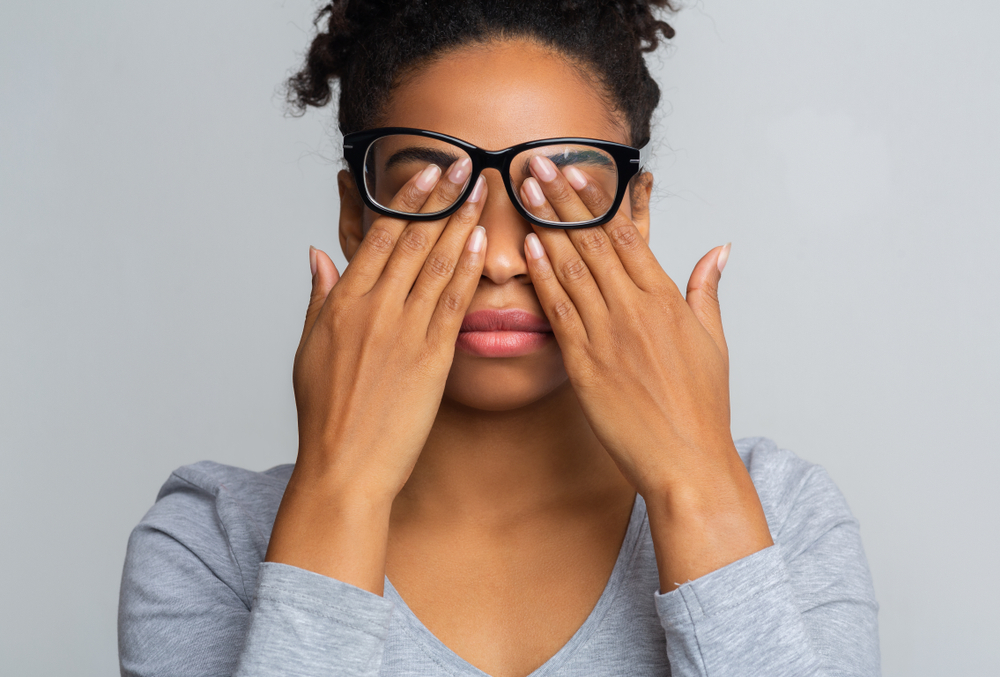
It’s not just your skin that dries out during menopause, a decrease in the androgen hormone affects the oil and fluid-producing glands making the eyelids inflamed and reducing tear production and quality. This leads to dry, red, tired eyes. Always wear sunglasses, use lubricating eye drops, and take regular breaks from the screen.
10. Unsightly Facial Hair
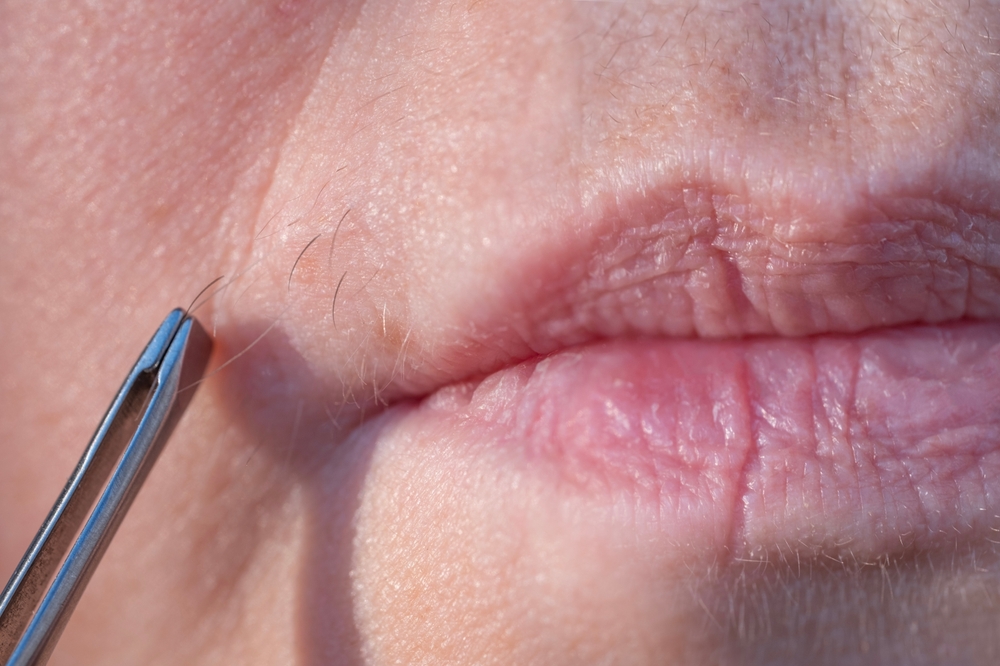
Raging hormones can cause coarse, dark unsightly hair to appear on the face, body, and nipples. During menopause, women produce less estrogen but testosterone production remains the same or can speed up. This hormone imbalance leads to the development of male sex characteristics such as facial hair (and even a deepening of the voice). Laser hair removal, waxing, or threading can help remove unwanted hair.
11. Breast Shape Changes

Hormonal changes affect your body shape and size and the breasts sadly aren’t off limits. Your breasts may lose firmness and fullness so have a professional bra fitting to determine your correct bra size, increase support, and improve comfort and appearance. On the subject of our private parts, plummeting estrogen levels also cause thinning, drying, and inflammation of the vaginal walls.
12. Brittle Discolored Nails
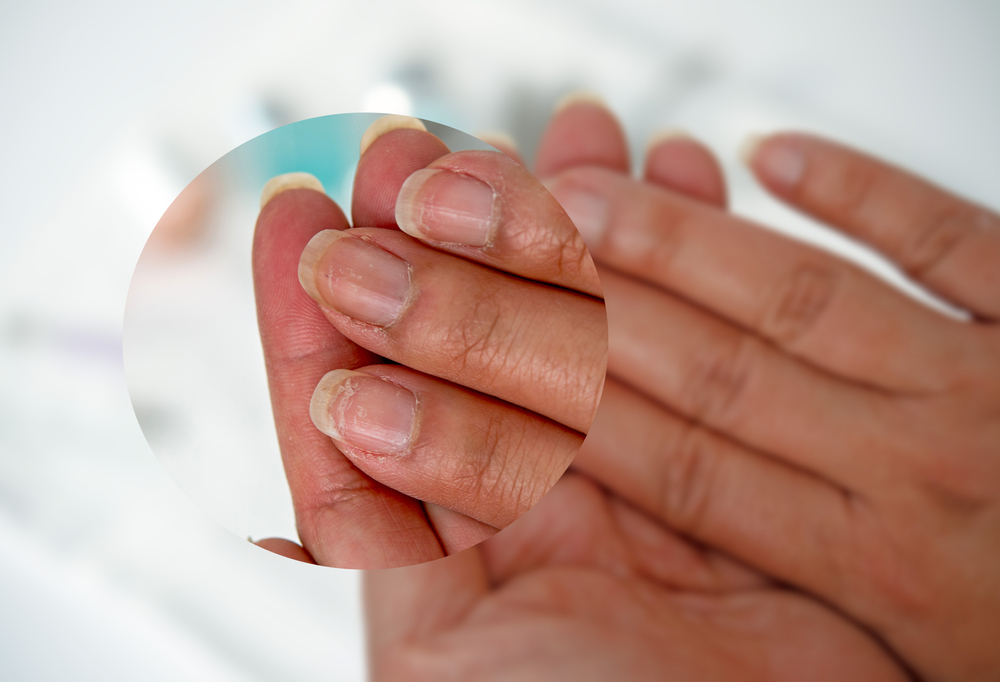
Dehydration and dryness are common menopause symptoms and this includes nails. Hormonal fluctuations can make nails dry, brittle, discolored, and more prone to ridges and breakages. Keep nails well moisturized, take a break from nail polish, and consider adding a biotin supplement to your daily routine to encourage healthy growth and strengthen your nails.
13. Swollen Hands and Feet
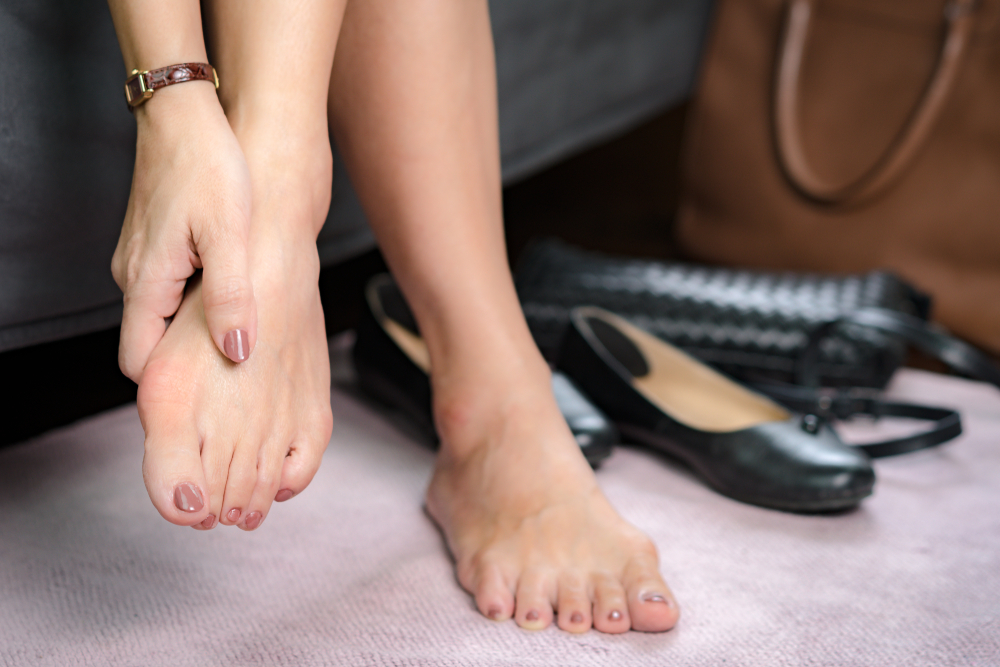
Swollen hands and feet are common in pregnancy due to rapidly changing hormones which cause water retention and these symptoms rear their ugly head again in menopause. Reduce salt intake, keep hydrated by drinking 2.7 liters of water daily, boost circulation with exercise, and elevate your arms or legs if you experience swelling.
14. Makeup Mistakes
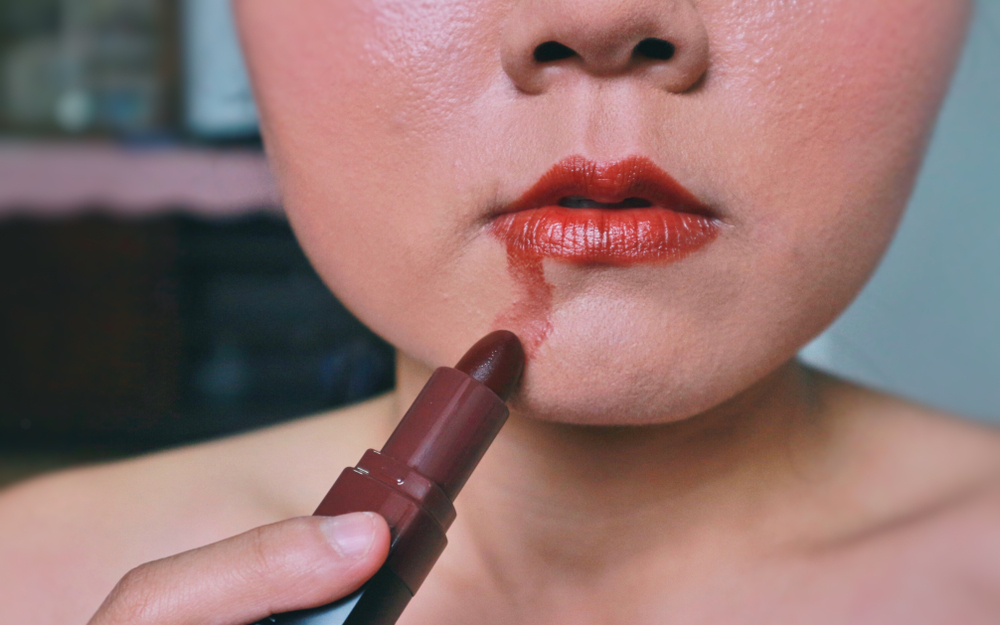
Your face and skin texture change with age and haywire hormones during menopause can mess with your appearance. Adapt your makeup routine to your changing face and skin tone by avoiding heavy matte foundations and setting powders as these can dry out the skin and age you. Opt for lighter lipstick shades with a hydrating satin texture. And steer clear of heavy eyeshadows and shimmery makeup as it can settle into fine lines and wrinkles making them worse. A natural look that highlights your best features is the way to go.
15. Dental Problems
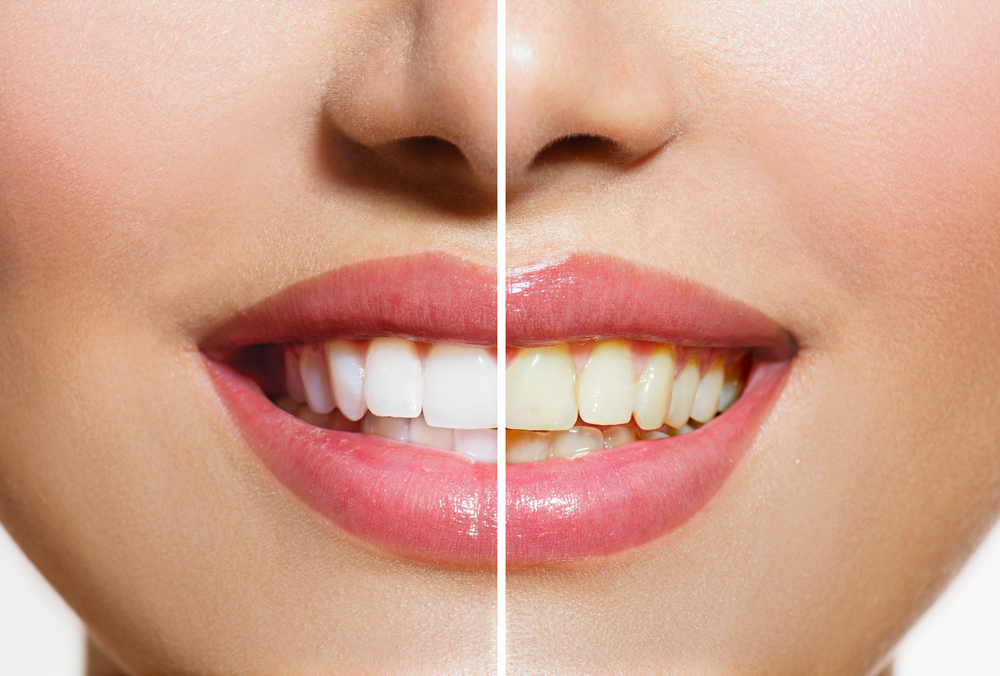
Maintain good oral hygiene by brushing your teeth twice a day for at least two minutes and flossing after meals. During menopause gum sensitivity, tooth loss, and yellow teeth can occur due to hormonal changes. It’s important to eat a well-balanced diet and avoid sugary foods and drinks and notorious teeth stainers like red wine, coffee, smoking, and curries.
16. Beware Body Odor
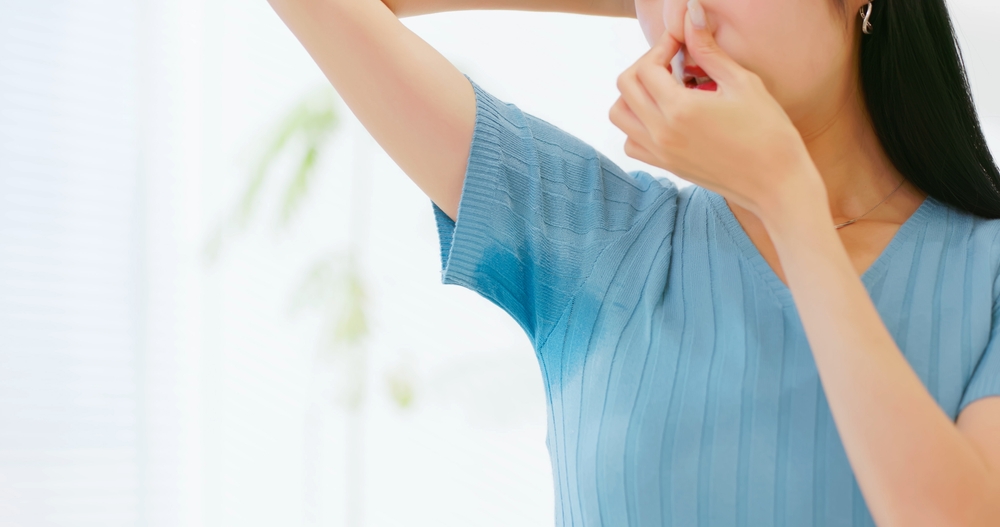
Hot flashes are the most talked about menopause symptoms which cause sweating and skin irritation, redness, and sensitivity. Hormonal changes can also increase the production of body odor. Stay fresh and hygienic by using a clean, long-lasting deodorant and wearing natural breathable fabrics.
17. Loss of Muscle Tone
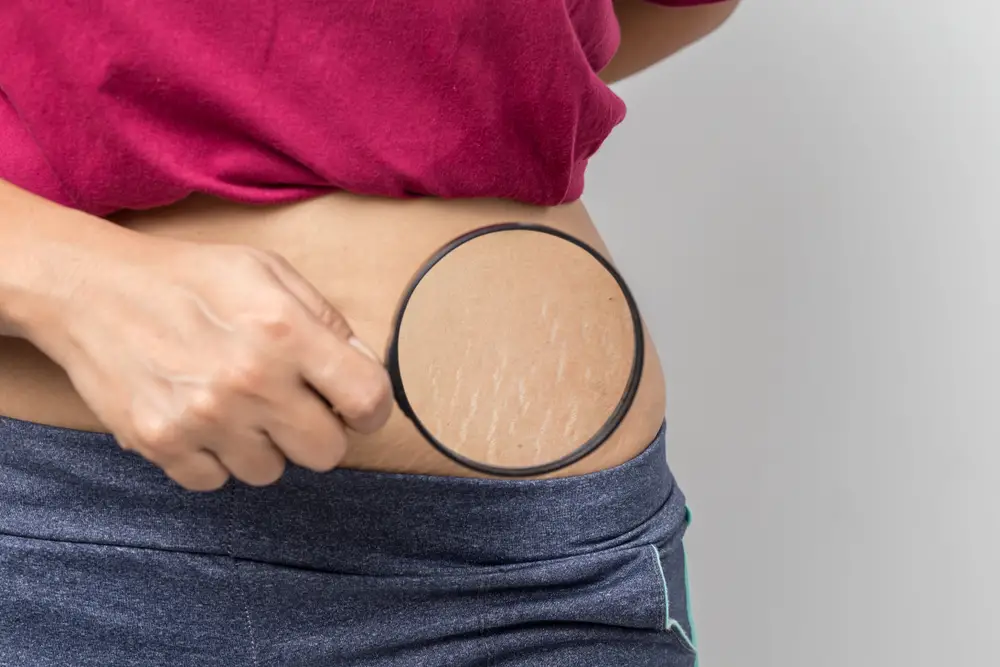
In addition to weight gain, hormone changes can lead to a loss of muscle mass impacting your body shape and causing skin sagging and stretch marks. To improve your muscle tone, incorporate strength training exercises into your daily fitness routine.
18. Unsightly Veins
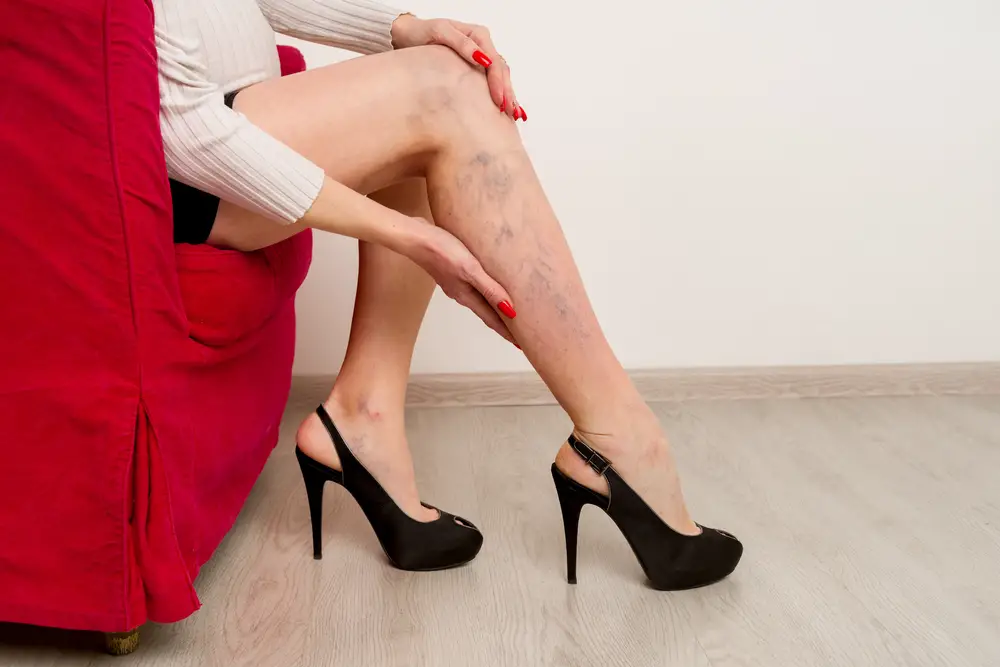
Your metabolism and circulation naturally slow with age and during hormonal shifts which can lead to the appearance of dark, raised, knotted purple or red varicose or spider veins, particularly on the legs and feet. Exercise regularly to boost circulation, elevate your legs, and wear compression stockings if veins are an issue.
19. Your Style Changes

Your fashion style may shift during menopause when faced with all those body changes.”The best advice for dressing to navigate menopause is to create a wardrobe full of comfortable versatile breathable pieces that can easily be mixed, matched, and layered so they are easy to take off when you get too hot. A floaty dress, chic athleisure, cotton t-shirts, linen shirts and pants, and clothing with moisture-wicking materials are all good options,” says fashion stylist Sarah Meike.

